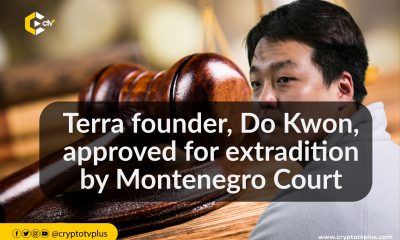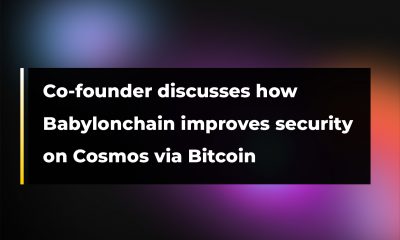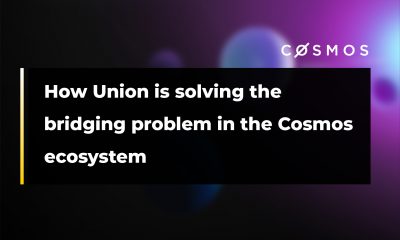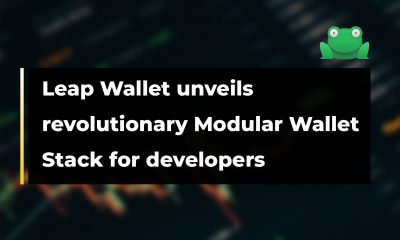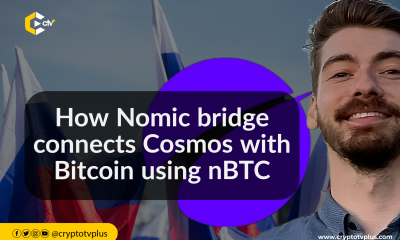FEATURED
CEO unveils projects Verity, Tash Kent, and Quill to transform Terra’s ecosystem
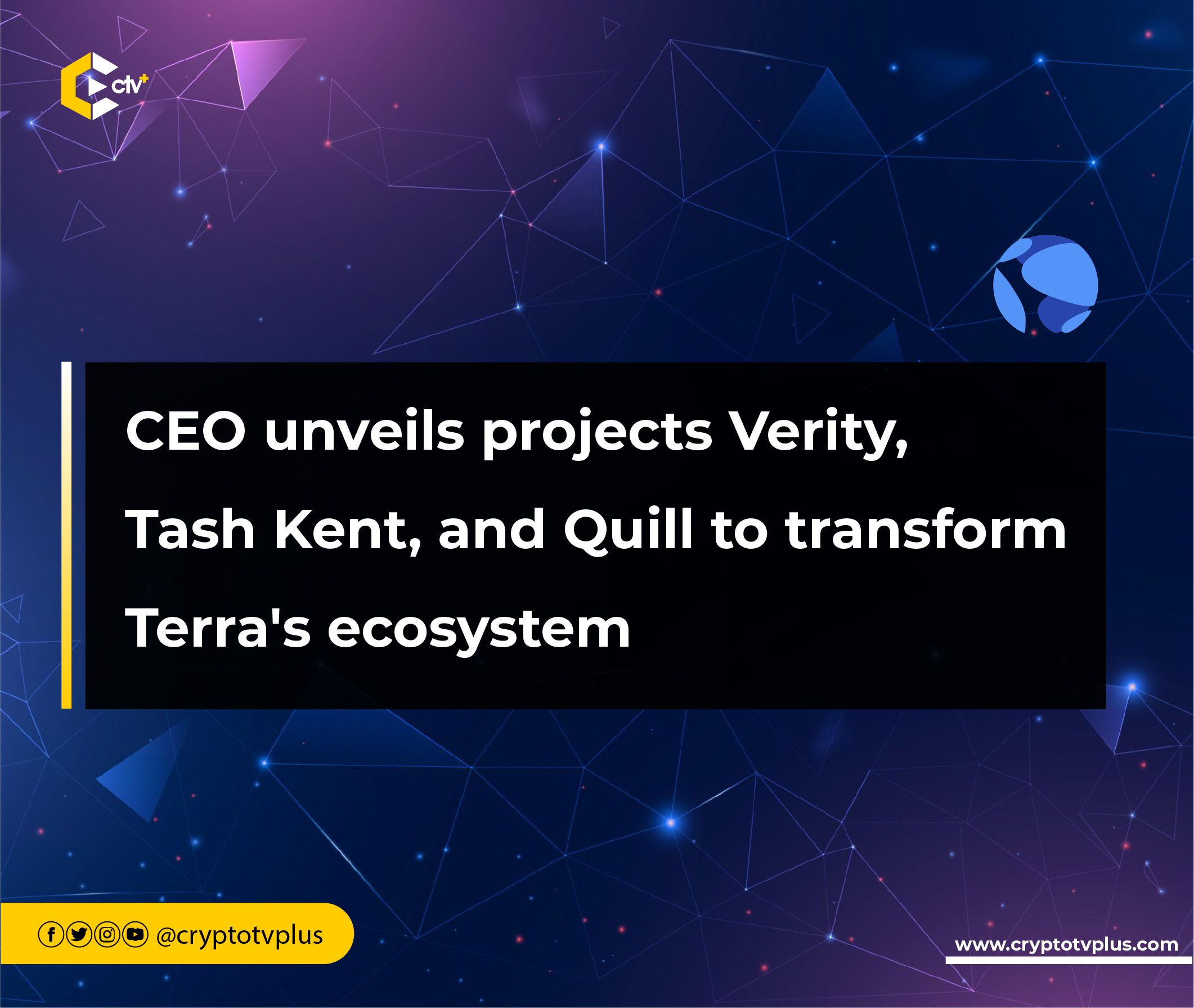
The CEO of Terraform Labs (TFL) Chris Amani speaking at Cosmoverse, 2023 announced the new projects that Terra is working on. According to him, this has not been said anywhere as the company is rebuilding itself to come back fully into the industry.
The collapse of Terra
Terra, a blockchain with two tokens, had a rapid rise in 2018 and a sharp decline in 2022. In May 2022, the collapse of the Terra network caused the value of its stablecoin UST to plummet and its sister token LUNA to drop by almost 97%.
Critics blamed unsustainable high yields from Anchor and said Terraform Labs (TFL) artificially supported it. The ecosystem collapse led to talent leaving the platform.
Despite these challenges, the Terra ecosystem continued to attract builders and innovators. As of March 2022, Terra had a total of 73 projects built in the ecosystem, with the ambition of onboarding at least 87 more projects by the end of the year.
In June 2022, Terra 2.0 was launched, designed to assist projects impacted by the collapse by offering grants and liquidity. Seven months later, in January 2023, Terra co-founder Do Kwon explored the potential of decentralized currency and how Terra could serve as the primary currency in an increasingly online future.
After the arrest of Do Kwon in March 2023, the company announced Chris Amani as its new CEO in June of that year. Chris, who formerly held the position of the company’s CFO, expressed his dedication to creating applications that deliver tangible benefits to users.
The Future of Terra – Project Verity, Project Tash Kent, and Project Quill
Speaking about the bright future of Terra, Chris said that there are plans to launch Project Verity under the Terra ecosystem. Project Verity aims to establish a system of decentralized identity and reputation within the Terra ecosystem.
The project recognizes that for decentralized marketplaces to function effectively, users need to have a verifiable identity and reputation. It will integrate with decentralized identity protocols that utilize zero-knowledge proofs.
This system will enable Decentralized Autonomous Organizations (DAOs) to make decisions based on users’ human identities rather than just tokens. It also has a wide range of potential applications beyond marketplaces.
The second project he mentioned is Project Tash Kent. Project Tash Kent provides a set of tools for building marketplaces on the Terra blockchain. The Terra ecosystem anticipates the need for various types of marketplaces, from one-sided markets to traditional e-commerce platforms.
Project Tash Kent will offer the foundational building blocks for these markets as it aims to make marketplace development accessible to anyone building on Terra. Users can take the tools provided by Project Tash Kent, modify them, and turn them into their own marketplace applications.
Project Quill, the last aspect he revealed to the audience, is a substantial research and development effort aimed at rebuilding the Terra blockchain itself.
Its driving force is to enhance the Terra blockchain in several critical aspects such as speed, cost-efficiency, decentralization, interoperability (as it will integrate with Inter-Blockchain Communication (IBC) and the Cosmos Software Development Kit (SDK)), and more.
The improvements made through Project Quill are expected to facilitate the development of new and more efficient applications on Terra, especially those involving real economic activities.
Station V3 and other updates
Chris also stated that Terra is not just about its blockchain but also about the applications and tools built on top of it.
The ecosystem aims to provide a comprehensive suite of applications, including Station V3, a user-friendly wallet that will soon be cross-chain, making it more accessible and intuitive.
He added that there is an enterprise application designed to help businesses thrive in the crypto world, including enterprise Hub, payments, and the labor market.
Others are Treasury, enabling treasuries for protocols and DAOs to manage payments efficiently; Warp, an automation tool for web 3 protocols; Foundation, a framework that provides scalable and cost-effective infrastructure for protocols and applications on Terra; Alliance, an open-source module that allows staking rewards to be redirected for various purposes; and Jacks, a JavaScript-based smart contract for Terra, making development more possible.
Read also; Founder of Newmetric unveils plans to improve RPC infrastructure on Cosmos



